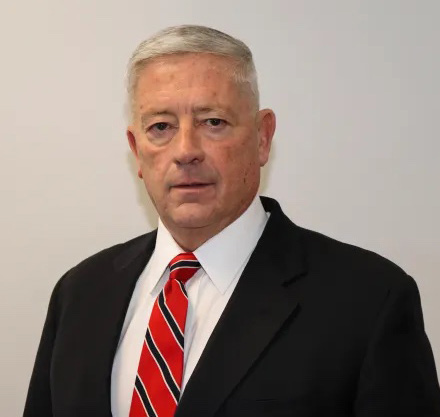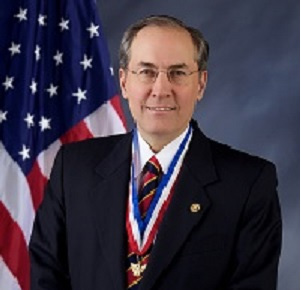Arrow of Light – 5th Grade
Indoor
2
4
2
Cub Scouts photograph their leaf and enlarge the image to determine if it is deciduous or coniferous.





